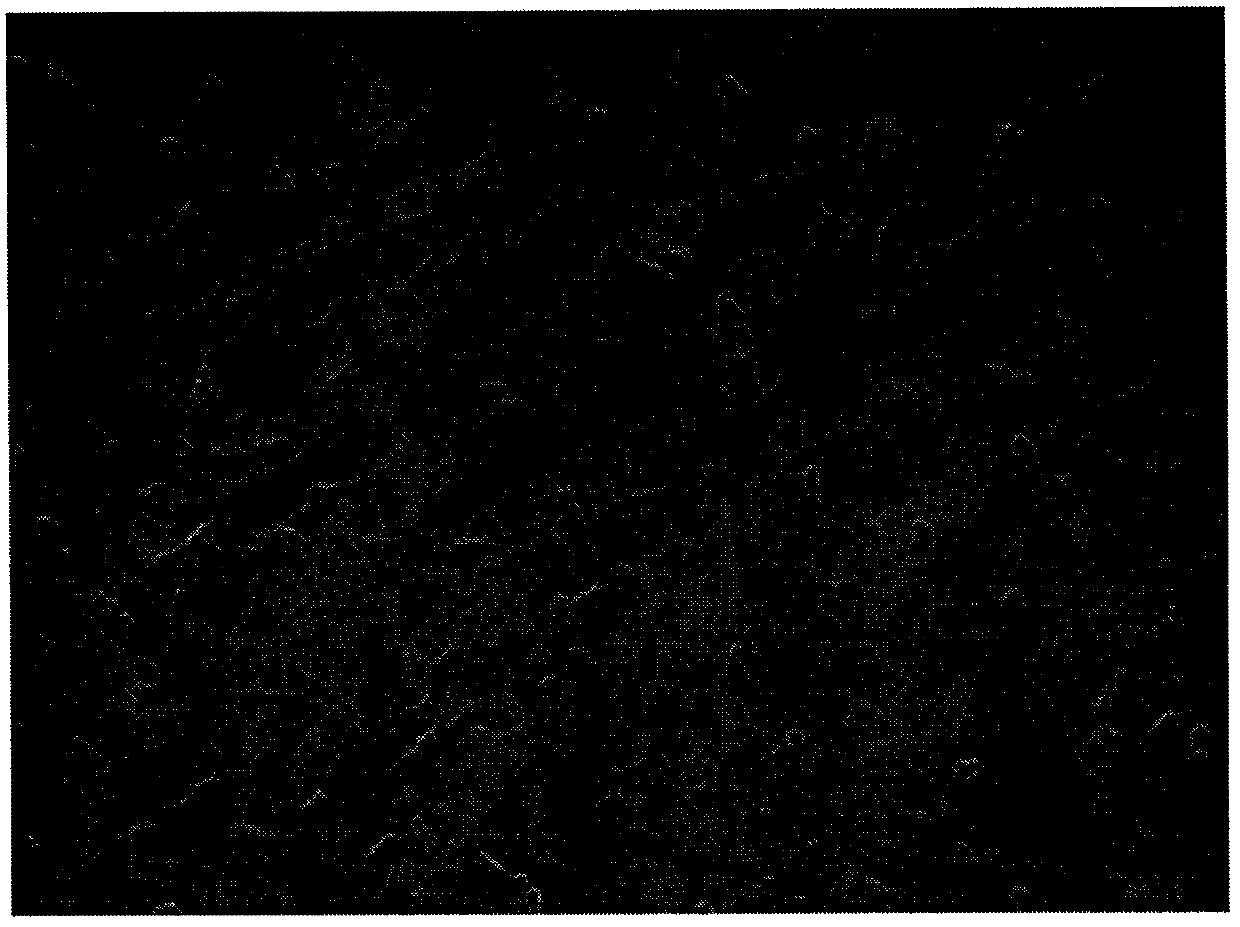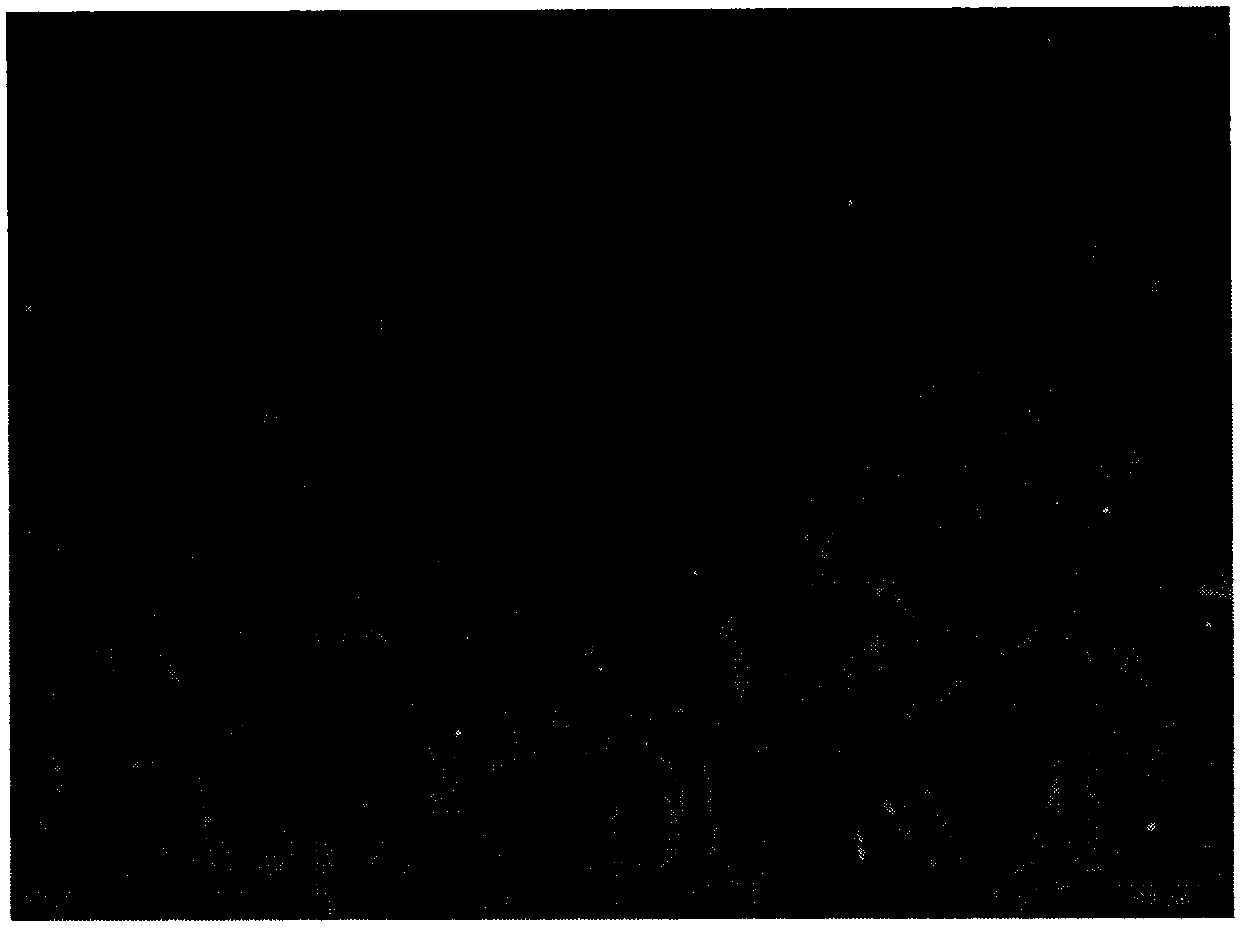Separating and culturing method for olfactory ensheathing cells of rats
A technology of olfactory ensheathing cells and a culture method, which is applied in the field of separation and culture of rat olfactory ensheathing cells, can solve the problems of unfavorable practical application, low cell purity, long culture time, etc., and achieve good cell growth status and reliable cell resources , making simple effects
- Summary
- Abstract
- Description
- Claims
- Application Information
AI Technical Summary
Problems solved by technology
Method used
Image
Examples
Embodiment Construction
[0040] The terms used in the present invention, unless otherwise specified, generally have the meanings commonly understood by those skilled in the art.
[0041] The present invention will be described in detail below in conjunction with the accompanying drawings and examples, and the protection content of the present invention is not limited to the following examples.
[0042] In the following examples, various procedures and methods not described in detail are conventional methods well known in the art.
[0043] The experimental instruments and reagents used in this experiment are as follows:
[0044]A set of surgical instruments, inverted microscope (XDS-1A, Shanghai), fluorescence microscope (Leica, USA), cryogenic centrifuge (TD24B-WS, Shanghai), ultra-low temperature refrigerator (Zhongke Meiling), pipette gun (Eppendorf, USA) ), electronic analytical balance (Sartorius, USA), ultra-clean bench (HJ-CJ-1D, Shanghai), CO 2 Cell culture incubator (SANYO MCO-17AI, Japan). ...
PUM
| Property | Measurement | Unit |
|---|---|---|
| purity | aaaaa | aaaaa |
| purity | aaaaa | aaaaa |
Abstract
Description
Claims
Application Information
 Login to View More
Login to View More - R&D
- Intellectual Property
- Life Sciences
- Materials
- Tech Scout
- Unparalleled Data Quality
- Higher Quality Content
- 60% Fewer Hallucinations
Browse by: Latest US Patents, China's latest patents, Technical Efficacy Thesaurus, Application Domain, Technology Topic, Popular Technical Reports.
© 2025 PatSnap. All rights reserved.Legal|Privacy policy|Modern Slavery Act Transparency Statement|Sitemap|About US| Contact US: help@patsnap.com



